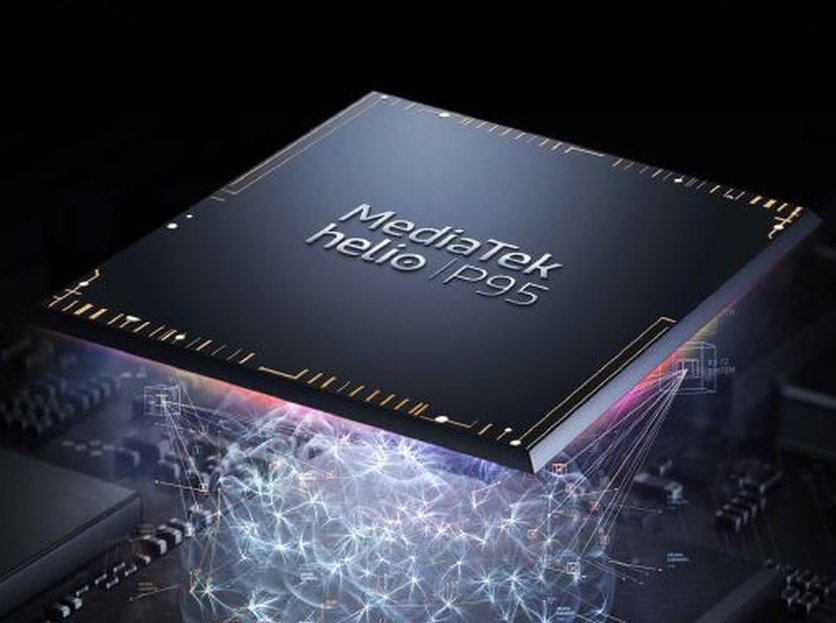Aside from slightly better AI performance and support for 64MP cameras, the Helio P95 doesn't bring anything new to the table.
What you need to know
- MediaTek has announced a successor to its Helio P90 mid-range chipset.
- The new Helio P95 chipset brings a 10% increase in AI performance and support for 64MP cameras.
- In other areas, the new Helio P95 is identical to its predecessor.
Taiwanese chipmaker MediaTek today announced the Helio P95 chipset, which succeeds the Helio P90 that it announced in December 2018. Like its predecessor, the new Helio P95 is aimed at mid-range smartphones.
The MediaTek Helio P95 comes with a new AI Processing Unit (APU), which is claimed to provide a 10% increase over the previous generation. It also uses a triple ISP that adds support for 64MP cameras. The rest of its tech specs, however, happen to be nearly identical to that of the Helio P90.
The octa-core chipset features two ARM Cortex-A75 cores clocked at up to 2.2GHz and six efficiency-oriented ARM Cortex-A55 cores running at 2.0 GHz. It also has the same IMG PowerVR GM9446 GPU as the Helio P90, although MediaTek says GPU performance has gone up by 10%. The Helio P95 supports up to 8GB of LPDDR4X memory, UFS 2.1 storage, and 21:9 Full HD+ displays. Moving on to connectivity, the SoC supports Wi-Fi 802.11 a/b/g/n/ac, Bluetooth 5.0, Multi-GNSS options, FM radio, 4G LTE Cat.12 download, and Cat.13 upload speeds.
MediaTek hasn't revealed how long it will take for Android OEMs to release new phones powered by the Helio P95 chipset. However, seeing how the Helio P95 is only a minor upgrade over the P90, we may not have to wait very long.
What's MediaTek? The processor running your Amazon Echo, and probably much of your smart home

0 Response to "You Can See More: MediaTek's Helio P95 chipset is here with minor AI and camera tweaks"
Post a Comment